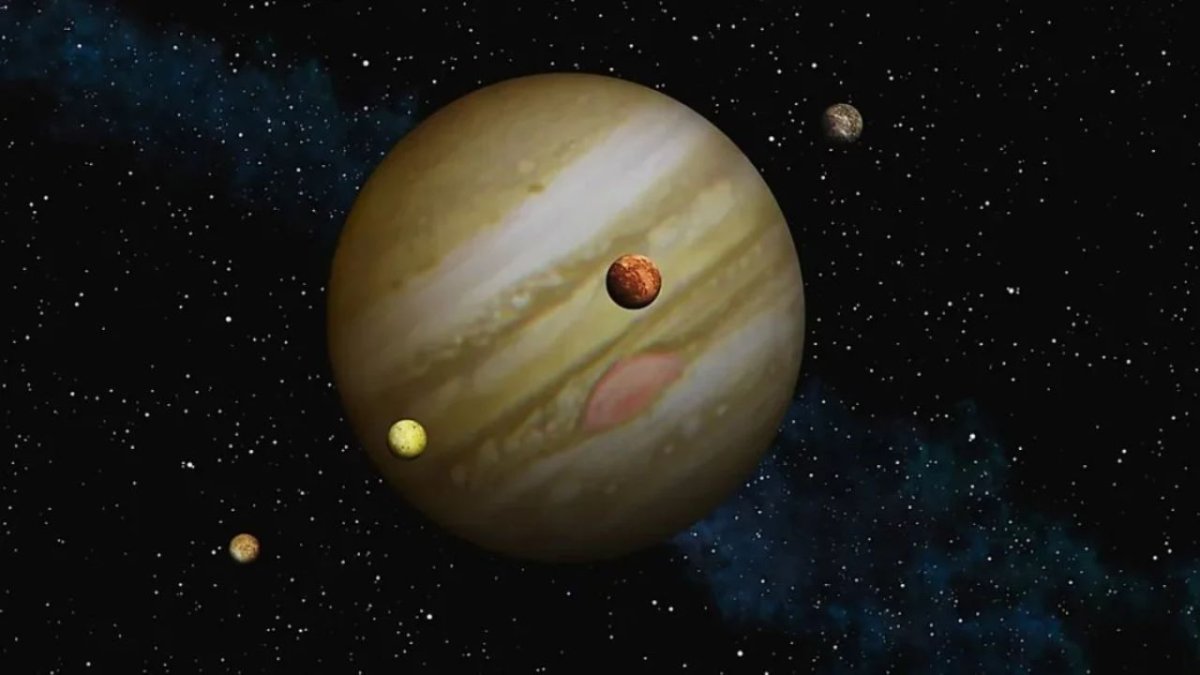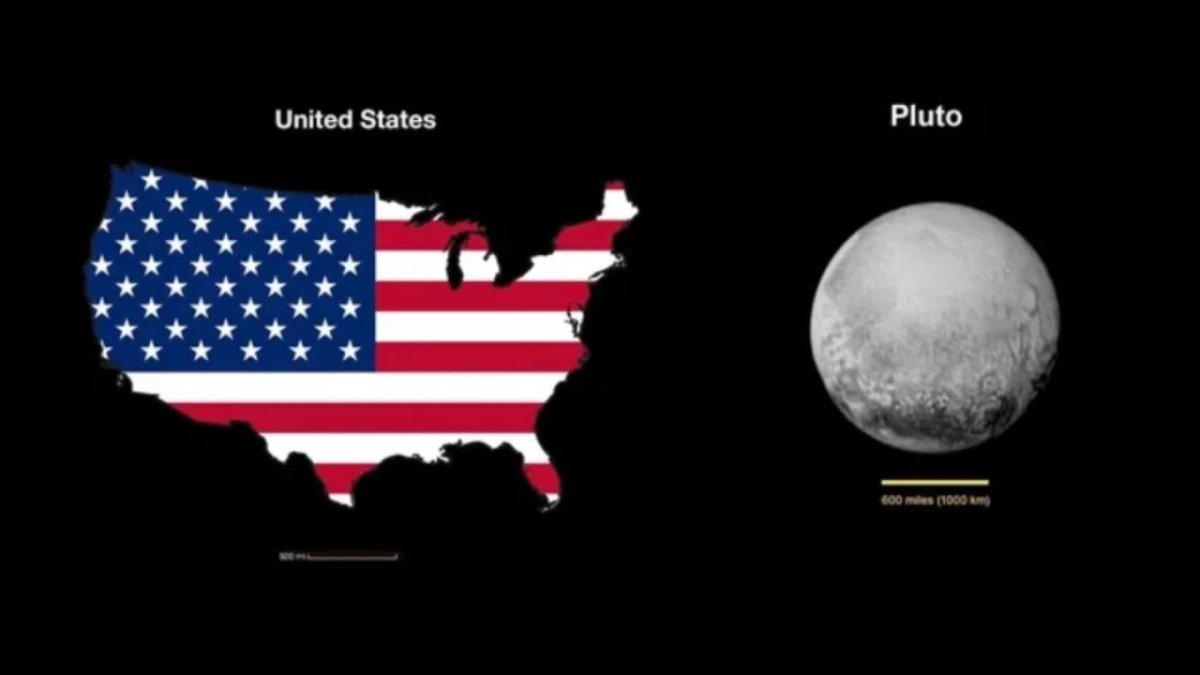Exploring Ten Fascinating Science Facts About The Universe
Exploring Ten Fascinating Science Facts About The Universe
Updated on September 08, 2023 10:46 AM by Anna P

As science progresses and advancements in technology and science have been made, it has become better and easier for us to understand our universe and what happens around us, even in space. Scientists’ quest for learning about the Universe does not end here and they are continuously searching for more facts. Let's look at ten of those facts:
A star is most likely to be torn apart if it passes too close to the Black Hole

Scientists have been learning about the Black Hole for more than two decades. Among those scientists is the infamous Stephen Hawking. Scientists and many astronomers have observed that there is a star in our galaxy that orbits a black hole. But now, due to the gravitational redshift, the star has gotten closer to the black hole, losing some of its energy to it.
Add Block
Venus has the most number of volcanoes in our solar system

More than 1600 volcanoes are present on Venus, none of which are erupting and are known to be extinct, with the highest volcano, the Maat Mons which is 8 km high.
4 planets in our solar system are known as gas giants

Jupiter, Saturn, Uranus, and Neptune are mainly composed of hydrogen and helium gases, so they are known as gas giants
Add Block
The distance covered by light in one year is called a light-year

Light travels at a velocity of 3 x 108 meters per second, which means that one light-year or distance covered by light in one year is almost 6 trillion miles.
Add Block
Footprints left on the Moon do not disappear

Because there is no wind on the Moon, the footprints of the Moon remain there and cannot be erased.
Jupiter has 79 known Moons orbiting it

Most of the planets have moons in their orbits, with Jupiter not only having 79 moons but the largest moon as well, which is called Ganymede.
Add Block
A day on Mars is 24 hours, 39 minutes, and 35 seconds long

Since Mars orbits the Sun slowly, the days are longer and that is why one year on Mars has approximately 687 days, compared to the 365 days on Earth
Add Block
The highest peak is the Olympus Mons on Mars

Although Mount Everest is the highest peak on the earth. However, when it comes to the Universe it is completed by the Olympus Mons, present on the moon, whose peak is 25 kilometers high and has an entire area of 114,000 square meters. It is three times as big as Mount Everest.
Pluto is smaller than the United States of America

The distance from one end to the other in the United States is 4650 km but Pluto’s distance around the equator is 2374 km.
Neptune’s moon orbits in the reverse direction

Triton, a moon of Neptune, has a retrograde orbit, the reasons for which are unknown.





